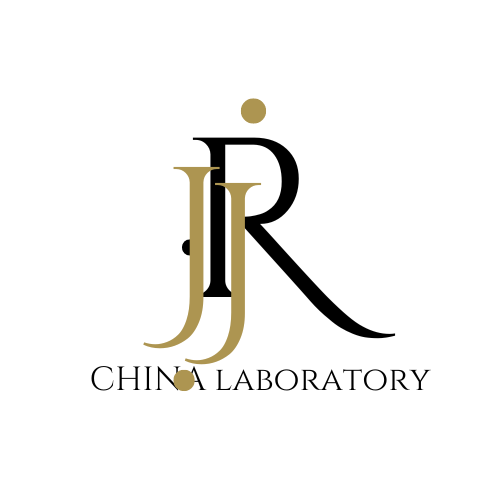
Rattle CPC Certification 16 CFR Part 1510 Testing
Applicable Standards
16 CFR Part 1510 Requirements for Rattles
What is a Rattle?
A rattle is a baby toy designed to be handheld, typically containing small balls or other tiny objects that produce sound when shaken. Not all products that emit similar sounds qualify as rattles. Items like dolls, plush toys, crib rockers, activity gyms, plastic keys on a chain, games, puzzles, and musical instruments such as tambourines and maracas are not considered rattles.
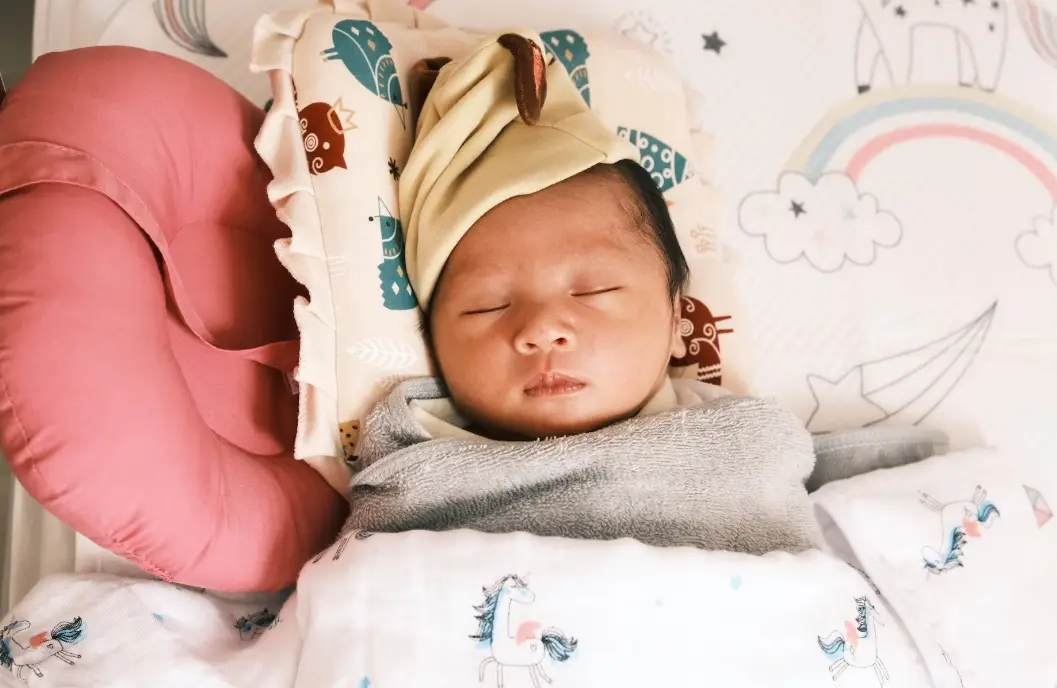
What is the Purpose of the Rattle Regulations?
The purpose of the rattle regulations is to prevent infants from choking or suffocating on rattles. The rule requires that:
1. Rattles remain intact after undergoing certain tests, and
2. The design and construction of rattles prevent them from entering an infant's mouth and blocking the throat.
How is a Rattle Tested to Ensure it Does Not Pose a Choking Hazard?
The rattle is placed at the opening of the test fixture (in the position that makes it most likely to pass through). If any part of the rattle passes completely through the opening without being pushed or pulled, the rattle fails the test.
Are There Any Other Requirements for Rattles?
Yes. Rattles must not have sharp points or edges. (See 16 CFR §1500.48 and 16 CFR §1500.49. These requirements do not require third-party testing.)
What Additional Requirements Does the 2008 CPSC Consumer Product Safety Improvement Act Impose on Rattles?
Rattles must comply with surface coating requirements, lead and phthalate content limits, mandatory toy standards (ASTM F963), testing and certification requirements, and tracking label requirements:
- Surface Coating Limitations
Rattles must not contain paint with lead content exceeding 0.009%.
- Lead Content Limitations
The total lead content in any accessible part of a rattle must not exceed 100 ppm (0.01%).
- F963 Toy Standard
According to ASTM F963, the sound-producing part and handle tip of a rattle must not be spherical, semi-spherical, or flared like a trumpet to prevent choking hazards. If such a tip completely passes through the supplemental test fixture opening, the rattle may pose a choking risk.
Rattle Supplemental Test Fixture
- Phthalate Content Limitations
The plasticized components of rattles must not contain more than 0.1% of the following eight specific phthalates:
- Di(2-ethylhexyl) phthalate (DEHP)
- Dibutyl phthalate (DBP)
- Benzyl butyl phthalate (BBP)
- Diisononyl phthalate (DINP)
- Diisobutyl phthalate (DIBP)
- Di-n-pentyl phthalate (DPENP)
- Di-n-hexyl phthalate (DHEXP)
- Dicyclohexyl phthalate (DCHP)
- Testing and Certification
Like all products primarily designed or intended for use by children 12 years old or younger, rattles must be tested by a third-party laboratory that is accredited and accepted by the CPSC. These tests ensure compliance with rattle regulations and all other applicable children’s product safety rules.
Based on testing, domestic rattle manufacturers (or importers) must issue a Children’s Product Certificate (CPC), specifying each applicable rule and confirming compliance.
- Tracking Labels
Rattles must have tracking labels or other distinguishing permanent markings on both the product and its packaging.
To the extent practicable, tracking labels must be a permanent feature of the product and its packaging and must contain essential information, including product origin, production date, and batch or serial number for traceability.
Email:hello@jjrlab.com
Write your message here and send it to us
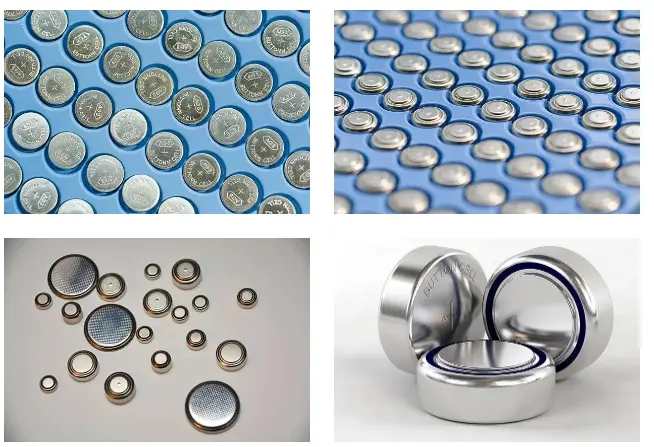 What are the 16CFR 1700.15 and 16CFR 1700.20 tests
What are the 16CFR 1700.15 and 16CFR 1700.20 tests
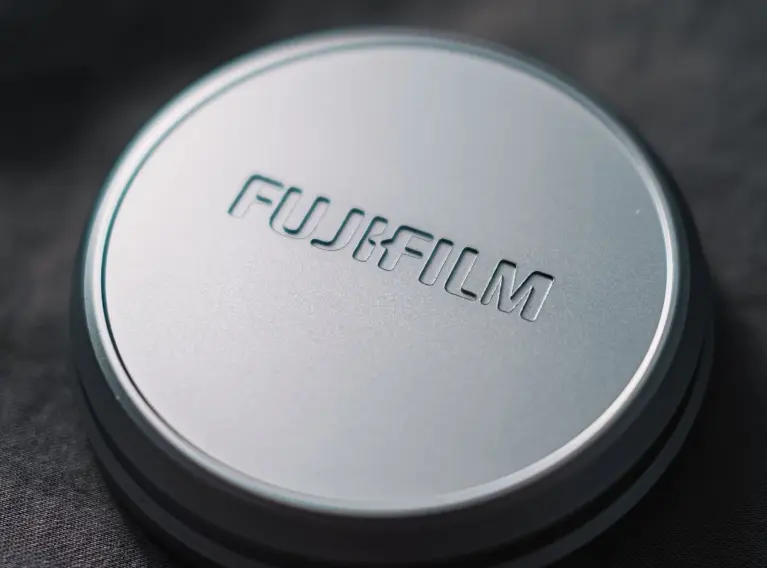 How to Get a ANSI C18.3M test Report?
How to Get a ANSI C18.3M test Report?
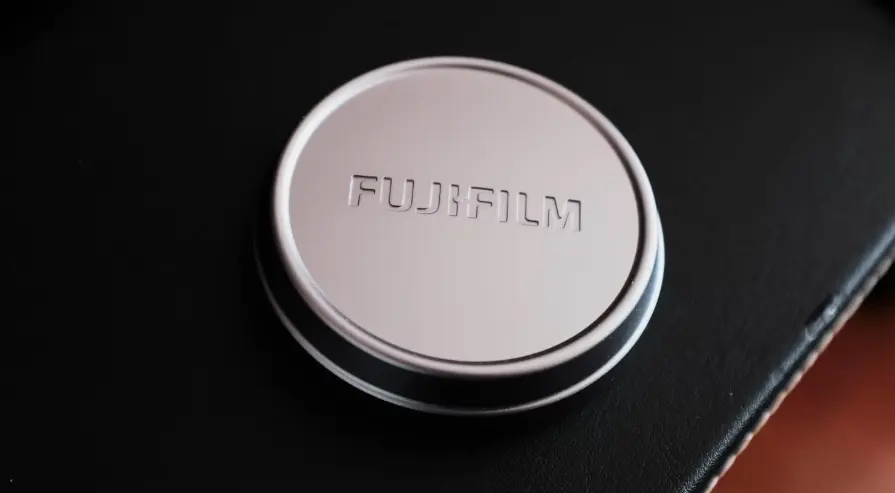 Button Battery ANSI C18.3M Testing for U.S. Amazon
Button Battery ANSI C18.3M Testing for U.S. Amazon
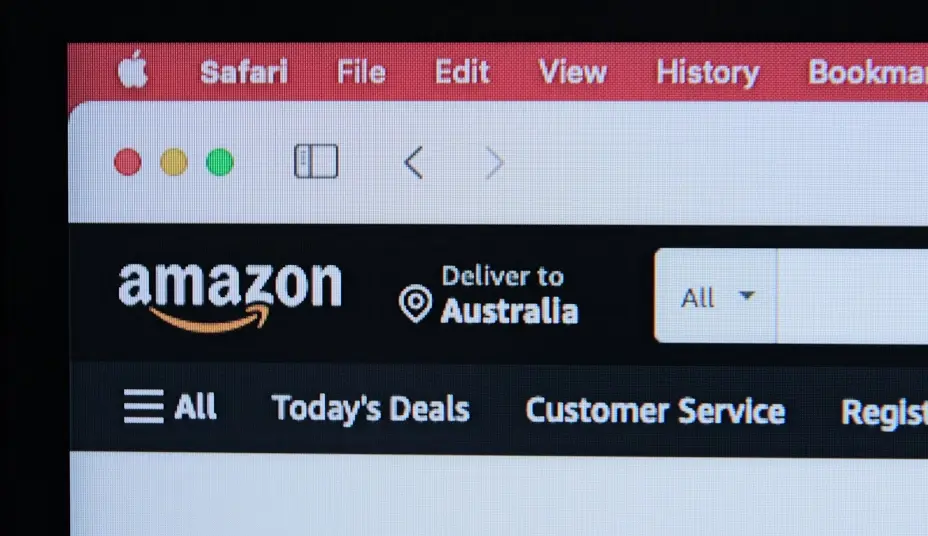 Amazon FCC-ID Certification Standards
Amazon FCC-ID Certification Standards
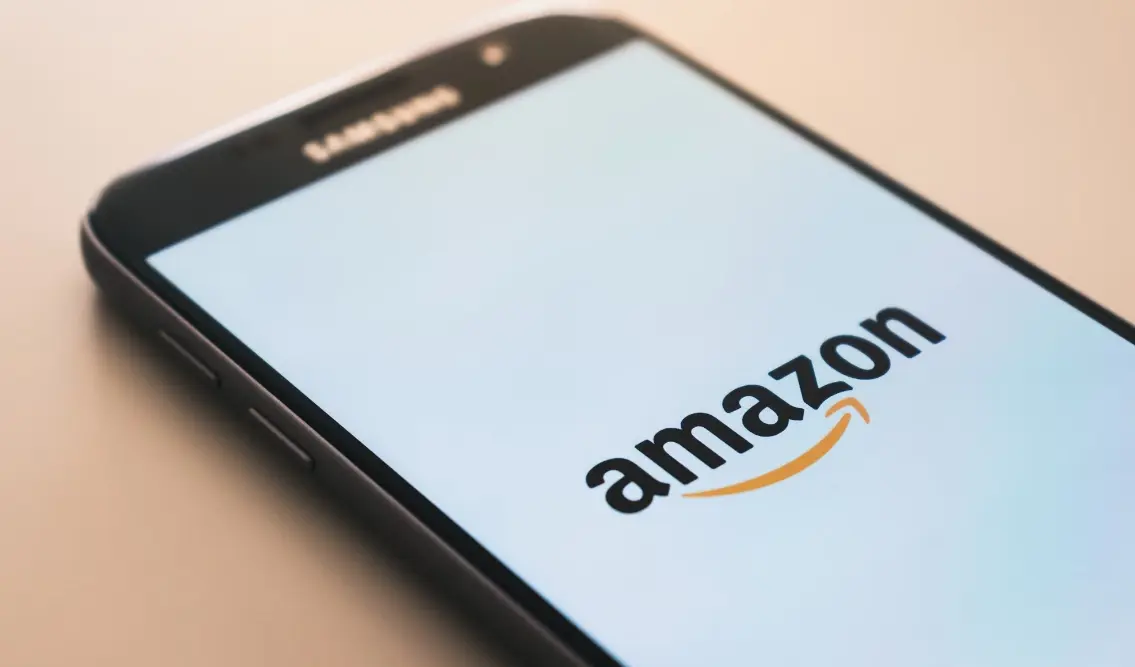 FCC Compliance for Wireless Products Sold on Amazo
FCC Compliance for Wireless Products Sold on Amazo
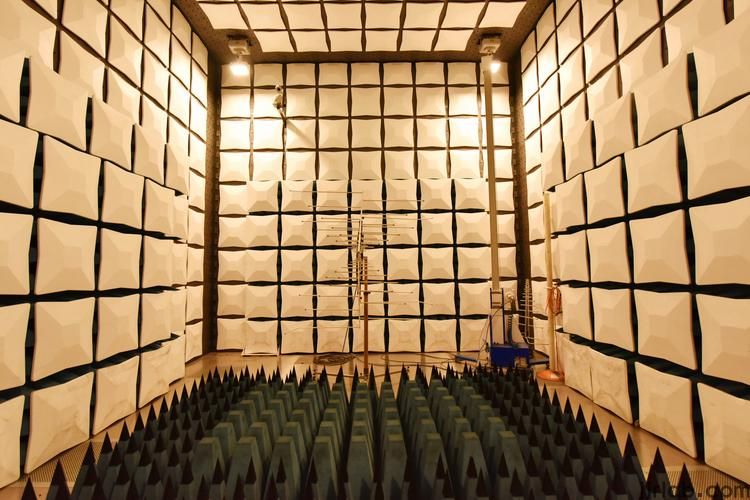 EU 2.4G Products CE-RED Directive
EU 2.4G Products CE-RED Directive
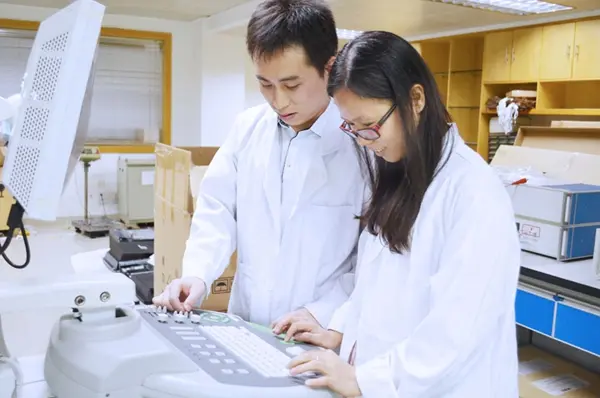 Cytotoxicity Analysis (CCK-8 Method)
Cytotoxicity Analysis (CCK-8 Method)
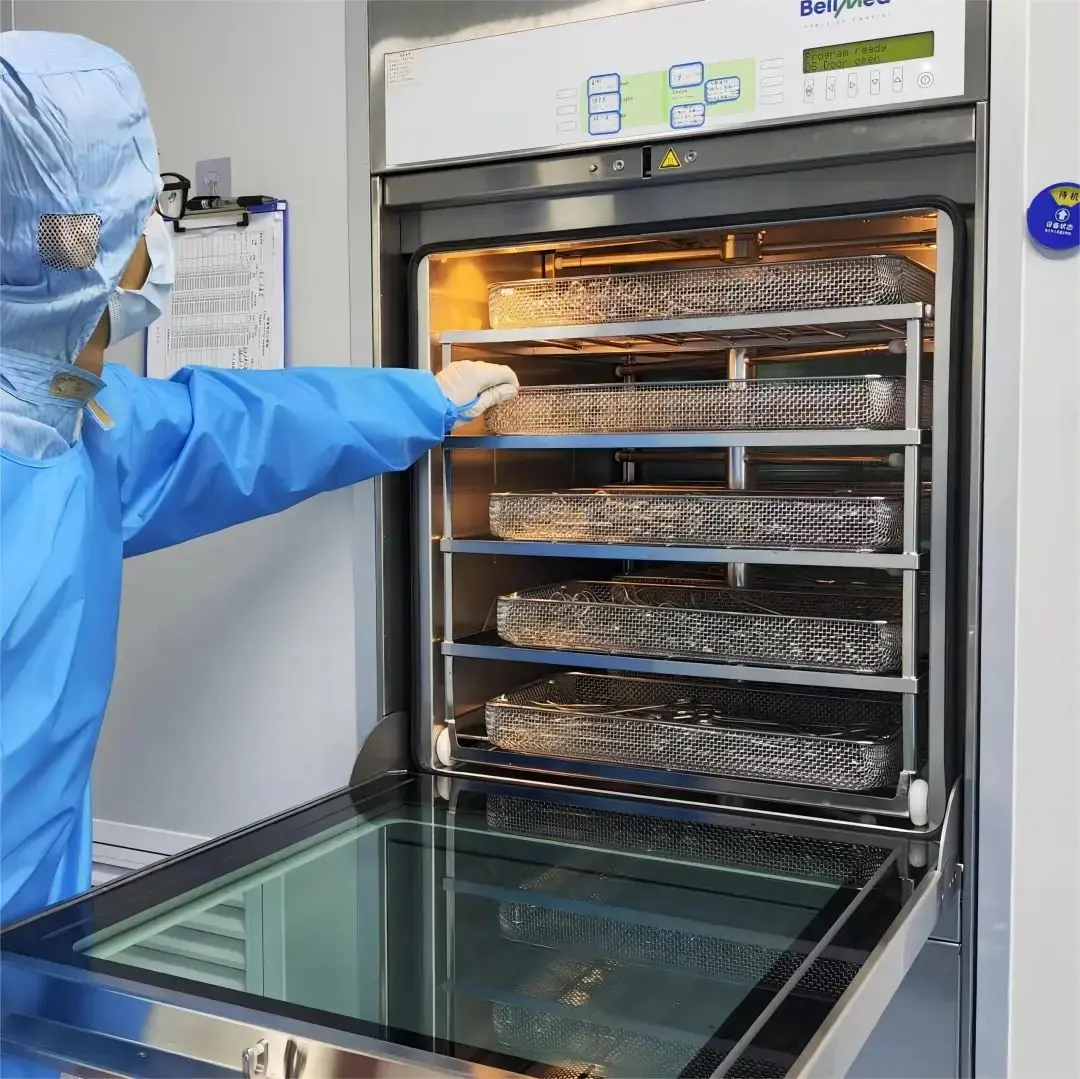 Disinfection Validation for Reusable Medical Devic
Disinfection Validation for Reusable Medical Devic
Leave us a message
24-hour online customer service at any time to respond, so that you worry!
